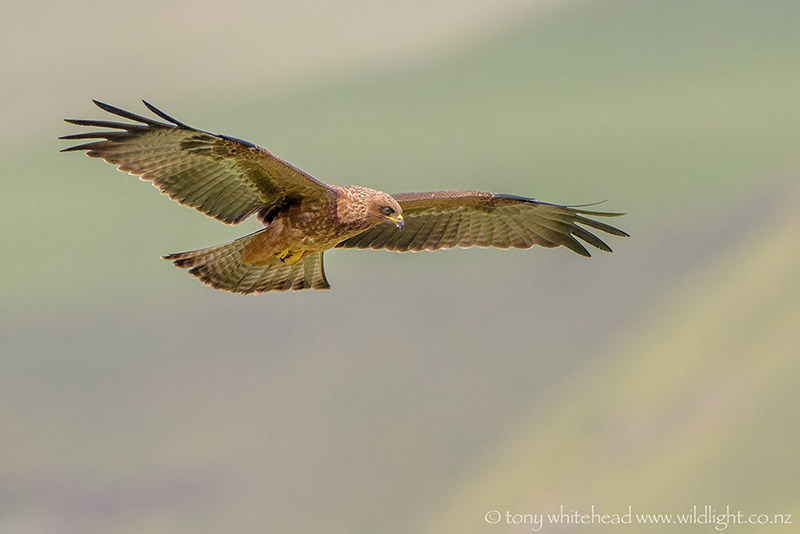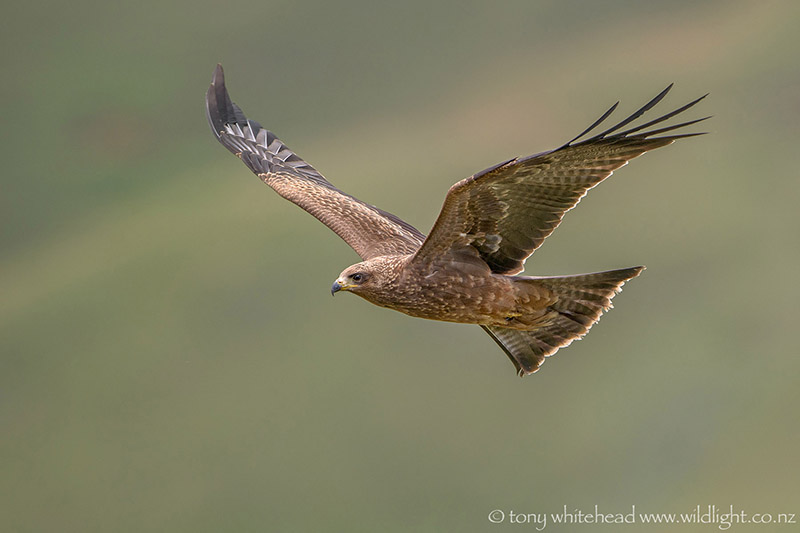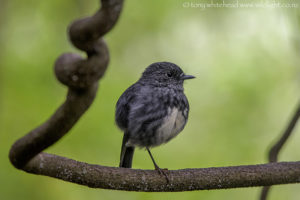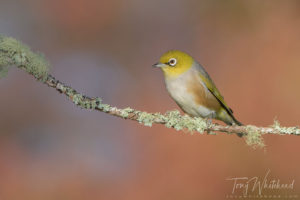The Vulture Hide at Giants Castle has long been on my bird photography bucket list. Images from there often stand out as obvious Vulture Hide shots. What makes it special?
The obvious factor is the species available with it arguably being the premier venue in the world to photograph Bearded Vultures., but often photos of other species are still clearly have the Vulture Hide “look”. In my view this is due to the combination of light, background and view point, the fundamentals of all top images.
Located as it is with your back to the rising sun, the stage is lit with low, warm, frontal light which creates a perfect low contrast illumination of the bird. The background is formed by distant hills and mountains which render as beautifully smooth soft backgrounds with the long telephoto lenses required for birds. These stunning backgrounds are the usual giveaway of a Vulture Hide photo and can indicate the season with greens in spring/summer and browns in autumn/winter. Viewpoint is the final component. With the hide being situated at the top of a cliff the birds usually fly along the cliff edge giving an eye level view of them as they pass or land. At times you are looking slightly up at them and at times seeing them from above. Our usual land-based viewpoint is to look up at birds in flight and an eye level view gives a much more intimate view and creates the impression of flying with them. Just as getting flat to the ground with shorebirds/waterbirds is important to getting a good image, being at eye level with flying birds creates a much more dramatic image and is usually much harder to achieve than getting low. The location of the hide is thus perfect to achieve great light, backgrounds and viewpoint and hosts a stage that attracts some unique performers.
The following four shots all show a common Yellow-billed kite but illustrate the lovely blurred backgrounds (greenish due to being in summer), lighting and eye-level viewpoint that , especially in the last image almost give the feeling of flying with the bird. The last image was later in the day so the lighting is no longer frontal but is nicely diffused by some cloud and outlines the trailing edge of the near wing and tail nicely.






